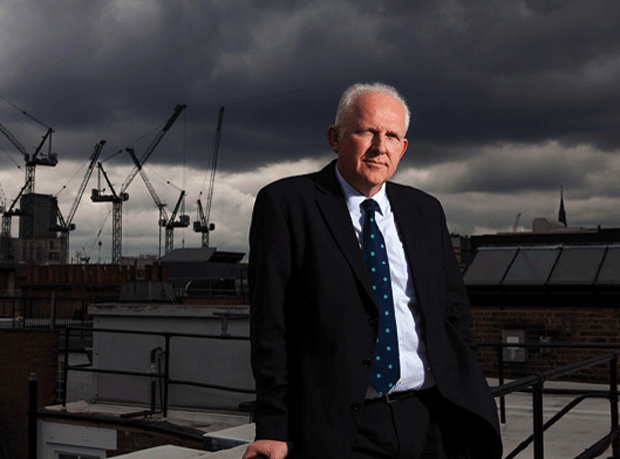
In 1984, John Boulter took a leap of faith. Having rejected his original plan to be a teacher after realising he “didn’t like other people’s kids”, he read that the biggest growth areas over the next decade would be computers and the supply chain. The only problem? By his own admission, he “didn’t know one end of a computer from the other”.
He does now. Boulter is MD of retail at DHL Supply Chain, handling third-party logistics for “80% of Oxford Street and the top 25 companies in food and non-food”. Since joining the National Freight Consortium graduate scheme in 1984, he’s seen it all, playing a pivotal role in the supply chain at Tesco during the booming 1990s, then riding through the “horrendous” financial meltdown of the late 2000s after joining DHL as MD of its consumer division in 2006.
Ask him the biggest challenge he’s faced and he’s not sure where to begin. Then he reels them off, starting with Tesco. “At the back end of the 80s, they were still chasing the others so it was a real time of acceleration, with the start of twice-daily deliveries, international and online, and growth into non-food,” he recalls. “Setting up general merchandise supply chains from scratch was a quick learning experience. Tesco went from being a grocer to a provider of everything.”
snapshot
Age: 52
Status: Married to Jane. Three girls and a boy aged 25, 24, 21 and 16.
Career: Joined National Freight Consortium in 1984, then Tesco in 1989 as head of network planning, rising to distribution operations director. Joined DHL in 2006.
Career high: The best job I ever had was my first job as a general manager. I’ve loved every one, but building a site from scratch was my favourite.
Career low: Losing some of our biggest customers to administration in 2008. We worked with MFI and Woolworths. It wasn’t so much the financial impact on us, but seeing people you have enjoyed working with watch their businesses go under. It was horrendous.
How do you relax? I’m big on music. I’ve been to Glastonbury every year since 1988 and I collect old vinyl jukeboxes.
Favourite meal: chicken madras and a pint of Harvey’s.
Boulter credits Tesco’s group CEO Philip Clarke with making changes critical to its subsequent success. “Tesco really got going when he headed up supply chain. He got the ear of the board and brought about a dynamic shift in the recognition of the value of a really integrated and focused supply chain. He’s an inspiring guy to work for: loads of energy, loads of focus.”
Back then, Tesco faced a “massive logistical challenge” introducing c-store Tesco Express, says Boulter. Obstacles ranged from cramped and restrictive locations to its entire supply chain being geared towards superstores. But he is in no doubt the upheaval involved was worth it. “God yeah! Today’s customers are demanding convenience. It’s interesting to see the big guys moving in, growing stores faster than the indies or the symbols.”
Another new reality retailers have had to embrace is multichannel, which gets “more and more complex every year”. Boulter believes the future lies less in home delivery introducing same-day services or 10-minute delivery windows and more in click & collect. He highlights Asda’s new click & collect hubs as a prototype of the “multi-functional service points” he thinks retailers will start introducing - solely for customers to collect or return items - in place of of normal stores.
The difficulty with click & collect is making an online range of sometimes more than 200,000 products available for collection from lockers or collection points. It requires smaller, more frequent deliveries and potentially more expense. Again, Boulter argues, it’s worth it. “Getting your whole range into any location, be it a hypermarket or a c-store, is the holy grail for retailers,” he says. “As logistics providers, we have to find cost-effective ways of servicing that volume.”
One solution is for retailers to join forces, he suggests, citing Nisa and BP Forecourts, which share fleets to make deliveries. “Driving empty miles is unacceptable. Driving around with space is a huge opportunity, so it’s a sweet spot,” he reasons. “We can bring customers together to share warehousing, fleet, consolidation and drop stops. Some customers won’t work with others for historic reasons, but every supply chain director is under pressure. If we can take out 10%, no one is going to walk away from that.”
Other ways of cutting costs come via new technology. DHL cut £5.5m, about 10%, from Nisa’s supply chain costs by exploiting telematics, which have changed “phenomenally” in the past five years and, if used effectively, can “cut 8% of a fleet’s running costs”, reckons Boulter. DHL also links its trucks via satellites, so it can communicate with its drivers in real time, advising them to change route in the event of disruption.
Boulter describes the DHL control towers as resembling air-traffic control, with “sexy displays” on the walls providing full visibility of the trucks, while “the clever bit” is in the computers. “I know more about computers than I used to,” he grins. “As well as advising on route changes we can alert a store when its delivery is 10 minutes away. That way their team is ready and you get a quick turnaround.”
DHL has also embraced eco-friendly technology and is “on target” to reduce greenhouse gases by 30% by 2020, he claims. It’s also considering going electric. Electric vehicles are ideal for short, frequent urban deliveries and they are quieter - a bonus in residential areas, says Boulter. Best of all, they don’t need expensive fuel, which he estimates has increased 34% in price in the past four years. DHL has, as a result, been lobbying the government hard on fuel prices.
The rocketing price of petrol is just one of many challenges Boulter has had to contend with since he decided on a career in the supply chain. If he had to distill everything into a single lesson? “If there is a difficult question, ask what is the right thing for the customer,” he responds. “If you do that, you will always come up with the right answer in the long run.”
Maybe he wouldn’t have been such a bad teacher after all.







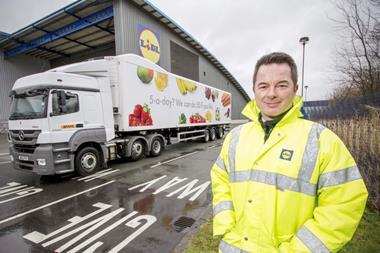

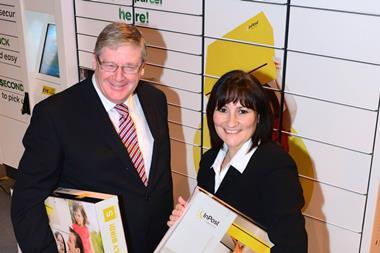
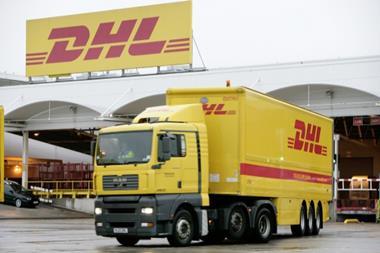


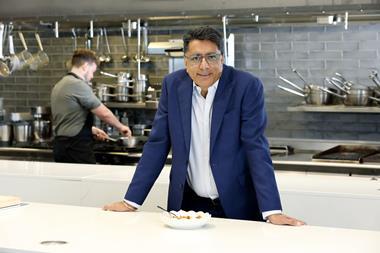

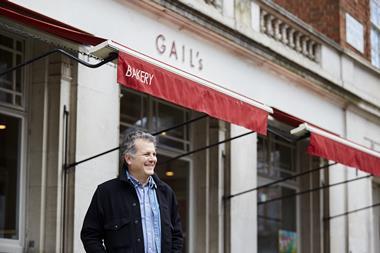

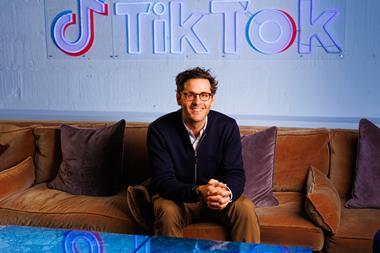

No comments yet